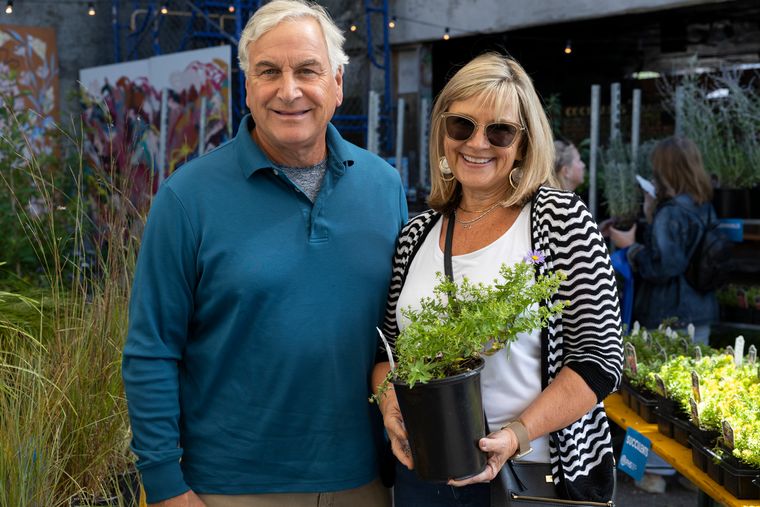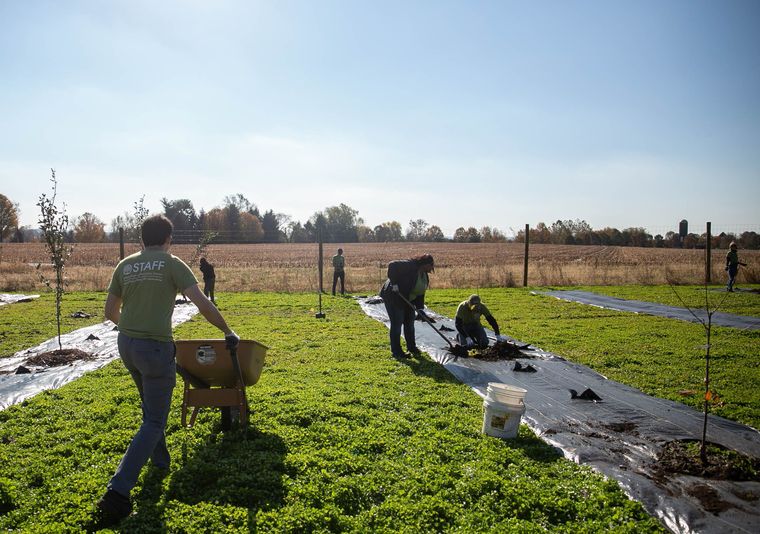



Common Houseplant Mistakes to Avoid and Essential Tips for Indoor Plant Care
plant care

By Melissa O'Brien
Houseplants bring life, color, and joy to our homes. Whether you’re a seasoned green thumb or a budding plant parent just starting out, nurturing happy, healthy plants can be incredibly rewarding. But even the most experienced plant lovers can inadvertently make mistakes when it comes to indoor plant care. From watering mishaps to pest problems, some of these common pitfalls can lead to unhappy, unhealthy plants.
Don’t worry, though! We’re here to help. This guide will teach you how to care for all your houseplants by walking you through the most common houseplant care mistakes to avoid, offer solutions for pest control, and provide helpful tips to ensure your plants thrive. Let’s dig in!
Connect with a community that shares your passion! Sign up for our expert-lead Know to Grow webinars and cultivate your gardening skills.

Common Houseplant Care Mistakes to Avoid
1. Overwatering or Underwatering Your Plants
Watering can feel like one of the trickiest parts of indoor plant care, but finding the right balance is crucial to avoid overwatering or underwatering.
- Risks of Overwatering: Too much water can lead to root rot, mold, and fungal issues in the soil. If leaves start yellowing or the soil smells funky, you’re likely overwatering.
- Risks of Underwatering: On the flip side, underwatering causes dry, wilted leaves, browning edges, and stunted growth.
How to Fix It:
- Use a moisture meter to gauge when your plants need water.
- Check the top inch of soil with your finger—if it feels dry, it’s time to water.
- Always adjust based on the plant’s specific needs. Succulents, for instance, need far less water than ferns.

2. Not Providing Enough Light
Light is essential for plants—and every plant has its own preferences. Failing to meet their light needs can result in stretched-out, leggy or elongated growth and yellowing leaves.
Signs of Light Deficiency:
- Plants that are leaning toward a window or stretching upwards with thin, weak stems.
- Yellowing or dropping leaves, especially in lower-light areas.
How to Fix It:
- Research your plant’s light needs. Snake plants thrive in low light, while monsteras prefer bright, indirect light.
- Move plants closer to windows or invest in grow lights if natural light is limited.
- Rotate plants periodically to ensure even light exposure.
Deepen your plant knowledge. Sign up for PHS's monthly newsletter for more gardening tips.
3. Using the Wrong Soil and Pots
Not all soils or pots are created equal! Using the wrong type of soil or a container without proper drainage can be detrimental to your plant’s health.
Common Mistakes:
- Planting succulents in regular potting soil instead of a well-draining cactus mix.
- Using pots without drainage holes, which can hold excess water and lead to root rot.
How to Fix It:
- Always choose a soil mix tailored to your plant’s needs.
- Use pots with drainage holes.

4. Forgetting to Repot When Necessary
Plants need room to grow, and not repotting in time can result in compacted roots and stagnant growth.
Signs It’s Time to Repot:
- Roots growing out of the drainage holes.
- Soil that dries out almost immediately after watering.
- Noticeable lack of new growth.
How to Fix It:
- Choose a pot that’s 1–2 inches larger in diameter than the current pot.
- Repot during the plant’s active growth period (spring or early summer is ideal).
- Handle the roots gently and add fresh soil during the process.
5. Ignoring Early Signs of Pests
Pests can be a major issue for indoor plants, and the longer you let them go unnoticed, the harder it is to control them. Early detection is key to preventing a full-blown infestation.
Common Pests and Early Signs to Look For:
- Aphids: Small, soft-bodied insects that cluster on leaves and stems, often causing curling or yellowing of the leaves.
- Spider Mites: Tiny webs that form on the undersides of leaves, accompanied by a speckled appearance on the leaves.
- Mealybugs: White, cotton-like clusters that hide in leaf axils and on the stems.
- Whiteflies: Small, white, winged insects that gather on the undersides of leaves. They can cause yellowing of leaves and a sticky residue due to the honeydew they secrete.
How to Get Rid of Bugs in Houseplants:
- Check your plants regularly, especially on the undersides of leaves and around the soil line, for pests.
- Isolate infested plants to prevent the spread to others.
- Use natural remedies like neem oil, insecticidal soap, or diatomaceous earth to treat infestations.
- For fungus gnats, let the soil dry out between waterings, and use sticky traps to catch the adults.

Grow Your Plant Knowledge and Find Inspiration This Season
By being mindful of these common mistakes and addressing pest issues early, you’ll set your houseplants up for success. Regularly assess their needs, avoid the typical pitfalls, and you’ll be rewarded with flourishing, healthy greenery that brightens your home.
As you continue your plant care journey, the months between winter and spring are the perfect time to deepen your knowledge and explore new ideas for arranging and caring for your indoor plants. Whether you take advantage of the Know To Grow series from the comfort of your home or attend the 2025 PHS Philadelphia Flower Show, there are plenty of ways to inspire and enhance your green thumb. At the PHS Philadelphia Flower Show, you can experience the Gardens of Tomorrow, with awe-inspiring floral and landscape displays, attend lectures by gardening experts, see best-in-class houseplants, and even grow your collection by shopping from premiere vendors.
This season is the ideal opportunity to expand your indoor plant care skills and discover new inspiration to make your plant collection thrive!


